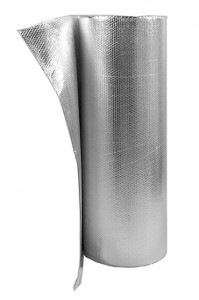China’s medical packaging industry already has more than 2,000 companies, capable of producing six categories of more than thirty varieties of pharmaceutical packaging materials, has basically been able to meet the needs of the domestic pharmaceutical industry, with annual sales of the entire pharmaceutical industry sales accounted for about 15% . Since 2000, China has implemented the registration system for pharmaceutical packaging materials. Over the past three years, more than 740 varieties have been registered and reviewed by the former State Drug Administration, among which more than 100 are in Guangdong Province. Ranked first in all provinces and cities.
Judging from the development of the past two years, the large-scale production of pharmaceutical enterprises is becoming more and more obvious and the grade is gradually increasing. One of the trends of modern pharmaceutical enterprises is that large pharmaceutical companies themselves are equipped with packaging enterprises. At present, the extensive growth with high speed, low efficiency and high consumption is a typical feature of the development of pharmaceutical packaging in China. The packaging quality of most pharmaceutical products in China is low, with a big gap from the developed countries. At present, 65% of China’s pharmaceutical packaging products are less than those of developed countries in the 1980s. The quality of packaging materials and the contribution of packaging to the pharmaceutical industry are low. In developed countries, pharmaceutical packaging accounts for 30% of the value of medicines, while the proportion of our country is less than 10%. Currently for the larger pharmaceutical packaging companies in China, compared with foreign countries in the equipment, the gap is small, but the software environment is very unsatisfactory.
In addition, the current drug bidding system has seriously dampened the enthusiasm of pharmaceutical companies, enterprises can not make great efforts to reform the packaging, pharmaceutical packaging to maintain long-standing, in addition, pharmaceutical packaging machinery equipment and materials technology behind the level of practitioners Poor quality awareness is also a factor restricting the development of China’s pharmaceutical product packaging.
For a long time, packaging has plagued the improvement of the level of our preparations. During the “Eighth Five-Year Plan” period, the State Pharmaceutical Administration paid great attention to the packaging of medicines. Since 1992, we have introduced a licensing system for packaging materials and containers that come into direct contact with medicines. Eliminate the use of administrative means straight tube powder bottles, oral ampoules, non-flexible ampoules and some natural rubber stopper and pure aluminum non-open lid. System (revision) set a number of pharmaceutical packaging materials standards. These measures to improve the level of drug packaging has played a significant role in promoting. In the meantime, with the gradual improvement of the market economy system, the majority of pharmaceutical companies are paying more and more attention to drug packaging. However, compared with the developed countries, there is still a considerable gap between the pharmaceutical packaging in our country. Pharmaceutical packaging is a weak link in the pharmaceutical industry in China. Compared with the developed countries in the world, there is still a long way to go for the design of pharmaceutical packaging in our country. For example, the use of pharmaceutical names and lot numbers is not standardized, Terms of non-standard use, over-packaging of medicines, no instructions, etc., in the design does not reflect the national characteristics, and the national cultural and aesthetic needs of the public does not match.
